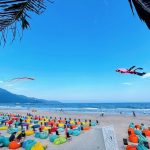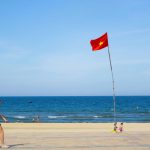Planning your trip to Da Nang, Vietnam? This comprehensive guide on weather in Da Nang Vietnam helps you navigate seasonal variations, ensuring you enjoy the best activities. Discover insights tailored for independent travelers at Elitrawo!
List of Contents
1. Overview of Weather In Da Nang Vietnam
When planning your trip, understanding the weather in Da Nang Vietnam is crucial. The climate here is divided into two distinct seasons: the dry season and the rainy season. With an average temperature in Da Nang ranging from 25 to 27 degrees Celsius, the city offers a comfortable environment year-round, ensuring ease of travel no matter when you visit.
For those curious about the climate in Da Nang, this region enjoys mild winters and warm summers, making it ideal for outdoor exploration. Whether you're checking the Da Nang forecast or simply wondering about the Da Nang weather now, rest assured that the conditions are almost always traveler-friendly.

2. Temperature in Da Nang: Seasonal Variations
Understanding the Da Nang temperature by month can help you plan your itinerary effectively. Let’s dive into each season to uncover what makes Da Nang so enchanting throughout the year.
2.1. Spring (February to April)
From February to April, the Da Nang weather is nothing short of magical. Temperatures hover between 22 to 28 degrees Celsius, offering warm yet refreshing days under clear skies. This is the perfect time to explore historical landmarks like the Marble Mountains or soak up the sun on pristine beaches.
Imagine strolling along My Khe Beach at sunset, feeling the gentle breeze against your skin. Spring in Da Nang is alive with energy—every moment feels like an invitation to create unforgettable memories amidst the delightful weather in Da Nang Vietnam.
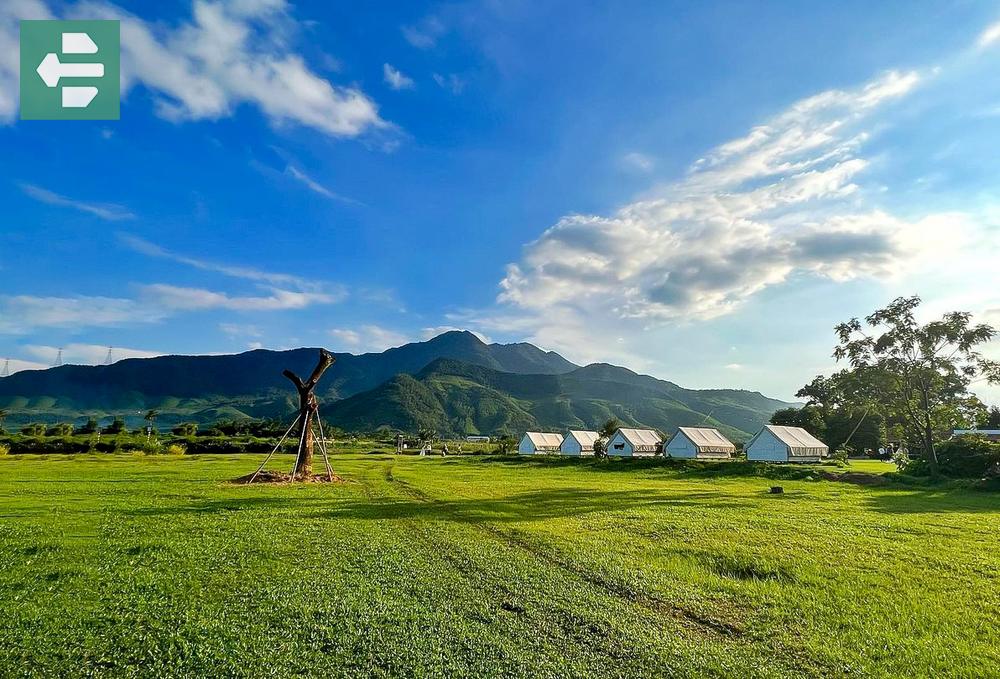
2.2. Summer (May to August)
- May to August brings warmer temperatures, peaking at 28 to 30 degrees Celsius.
- Sunny days are perfect for water sports and relaxing at My Khe Beach.
- Experience the thrill of summer in Da Nang, where laughter fills the air and every moment shines.
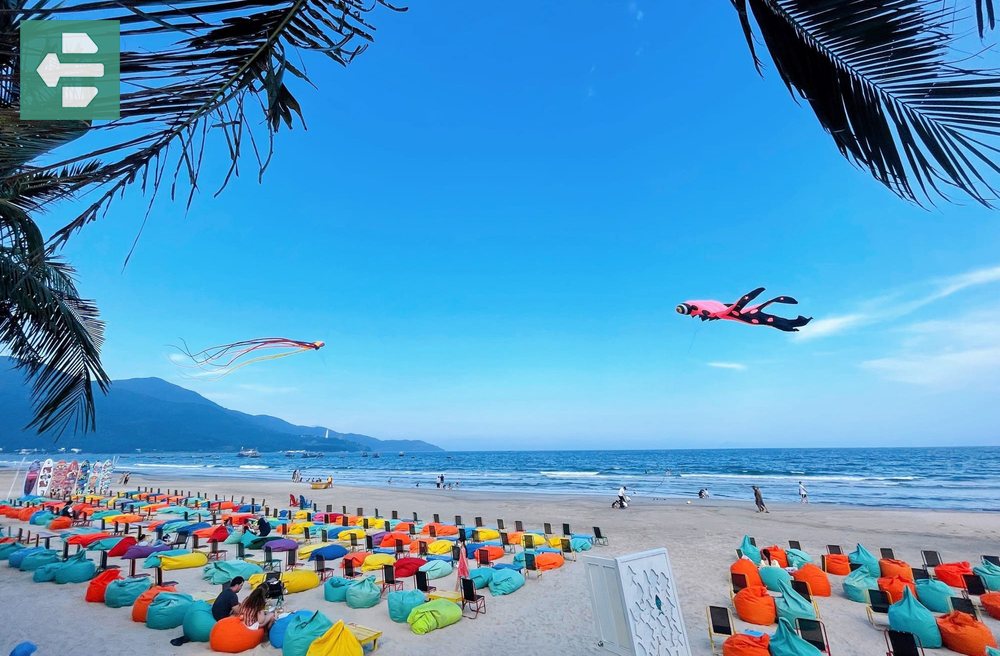
2.3. Autumn (September to November)
Autumn brings cooler temperatures, typically ranging from 23 to 27 degrees Celsius. While the rainy season begins during these months, showers are often brief, leaving ample time to explore local markets, cultural festivals, and hidden gems.
Picture yourself wandering through bustling streets lined with lanterns, savoring authentic Vietnamese coffee, and immersing yourself in the rich traditions of the region. Embrace autumn’s charm in Da Nang, where culture thrives and community spirit ignites.
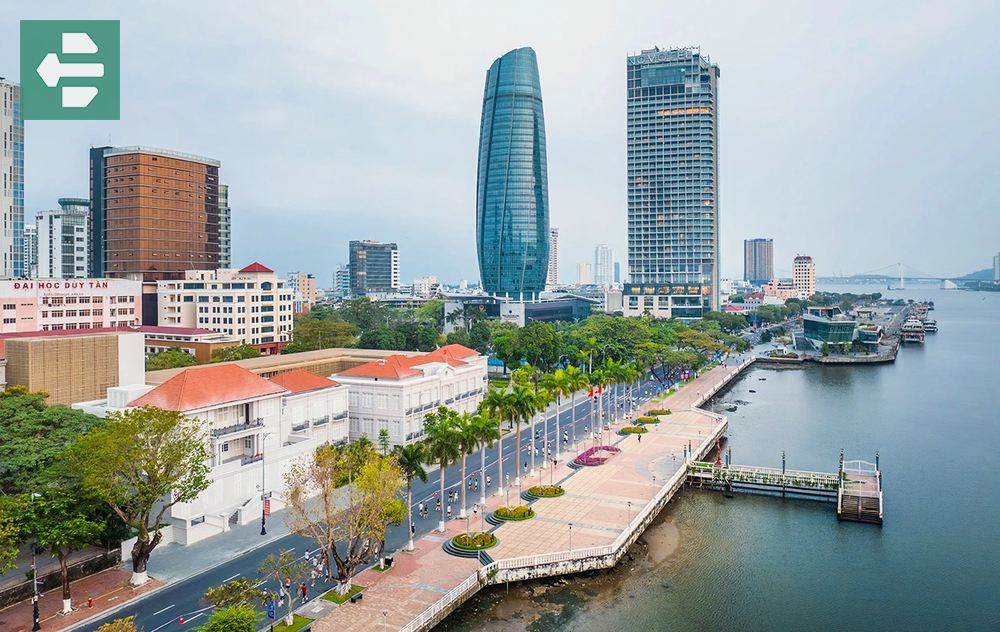
2.4. Winter (December to January)
Winter in Da Nang (December to January) is pleasantly cool, with temperatures ranging from 18 to 23 degrees Celsius. Though drier than other seasons, occasional rains add a touch of warmth, especially during the festive Tet celebrations.
Imagine celebrating Tet in Da Nang, surrounded by colorful decorations, traditional music, and mouthwatering dishes. Winter here isn’t just about the weather—it’s about joy, connection, and experiencing the heartwarming essence of Vietnamese culture.
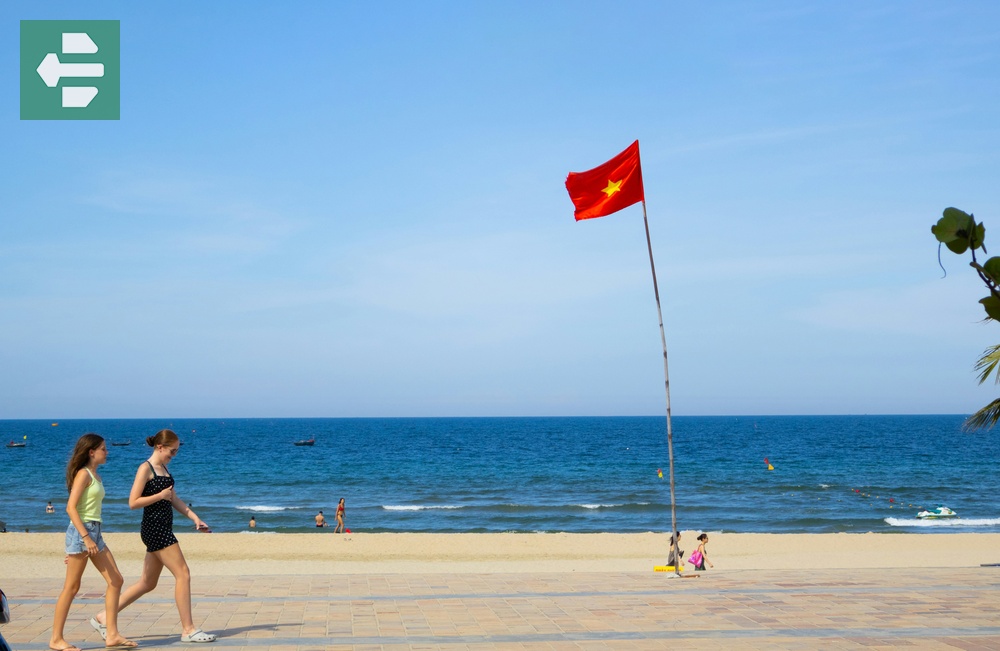
3. Understanding Da Nang Weather Patterns
3.1. Dry Season Characteristics
The Da Nang dry season, spanning from January to July, boasts clear skies, warm temperatures, and minimal rainfall. It’s the perfect time for outdoor adventures, whether you’re hiking in the lush hills of Ba Na Mountain or relaxing on golden sandy beaches.
If you’re visiting during this period, take full advantage of the favorable weather in Da Nang Vietnam. Pack light clothing, sunscreen, and a camera to capture the breathtaking scenery.
3.2. Rainy Season Characteristics
From August to December, Da Nang experiences its rainy season, bringing heavy rainfall and occasional storms, especially from October onwards.
While the rain may limit outdoor activities, many travelers find joy in exploring cultural landmarks and indulging in local cuisine during these months.
For example, spend a rainy afternoon sampling local delicacies like banh xeo (Vietnamese pancakes) or cao lau (noodle soup). These experiences allow you to connect deeply with the culture despite the weather.

3.3. Impact of Monsoons on Local Climate
Monsoon winds significantly influence Da Nang's climate, especially during October and November, when heavy rains and strong winds occur. Travelers should always check the Da Nang weather forecast before heading out, particularly if planning coastal excursions or hikes.
Platforms like AccuWeather Da Nang provide reliable insights into current conditions, helping you prepare for safe and enjoyable activities.
4. Best Times to Visit: Weather Da Nang Tourist Guide
4.1. Peak Tourist Season and Weather Conditions
The peak tourist season in Da Nang runs from June to August, coinciding with the dry season when the weather in Da Nang Vietnam is typically warm and sunny. During this time, the Da Nang temperature by month averages around 30 degrees Celsius, making it perfect for beach activities like swimming, surfing, and sunbathing.
Travelers can enjoy iconic beaches such as My Khe and Non Nuoc, which are bustling with energy during these months. However, expect larger crowds and higher accommodation rates due to the popularity of the Da Nang weather forecast indicating ideal conditions for outdoor adventures.
For those seeking a vibrant summer atmosphere, this is the best time to experience local festivals and cultural events under clear skies.
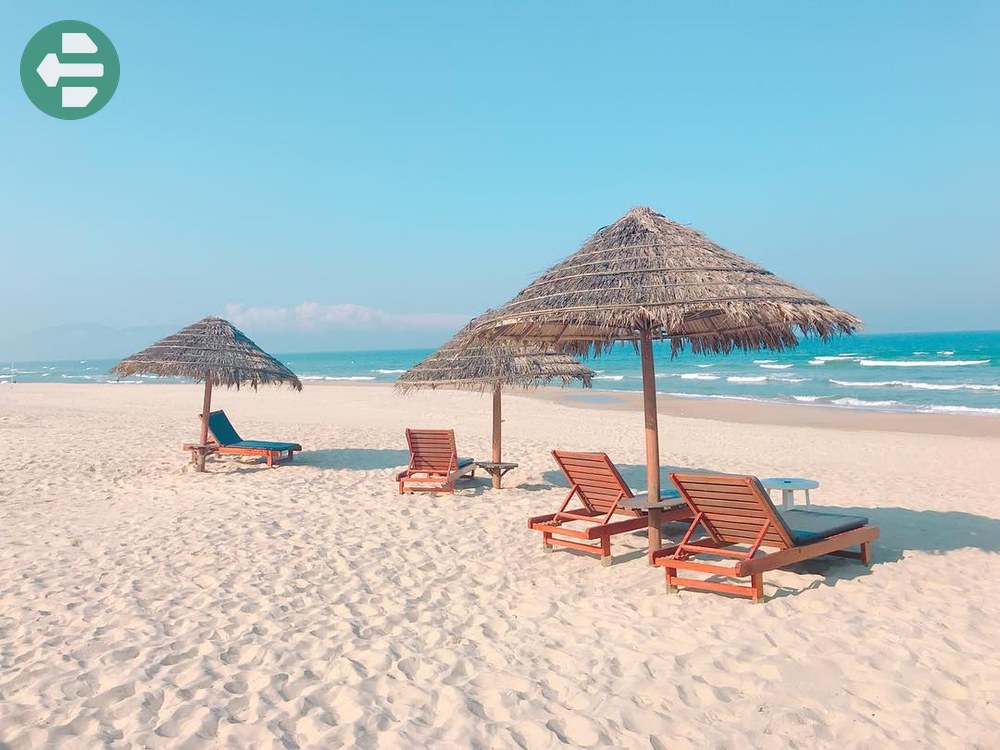
4.2. Off-Peak Season: Pros and Cons
The off-peak season, spanning from September to November, marks the onset of the Da Nang rainy season. The climate in Da Nang during this period sees cooler temperatures averaging 24 degrees Celsius, but frequent rain and occasional tropical storms, especially in October, may disrupt travel plans.
Despite the rain, this season offers significant advantages, including lower hotel prices and fewer tourists. It’s an excellent opportunity to explore indoor attractions or indulge in local cuisine without the usual crowds.
Visitors checking the Da Nang weather by month will find that September through November provides a quieter yet equally enriching experience.
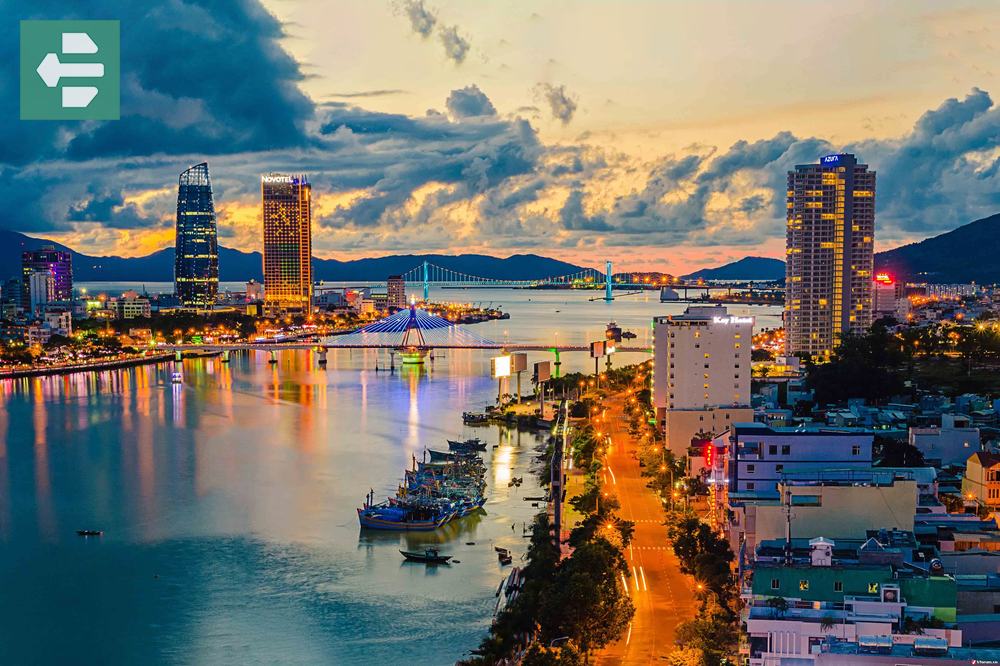
4.3. Ideal Months for Specific Activities
Beach enthusiasts should plan their visit between May to August, when the Da Nang forecast predicts consistently sunny and warm conditions—perfect for water sports and relaxation.
On the other hand, February to April is ideal for sightseeing and cultural exploration. With mild temperatures and limited rainfall, this period aligns well with events like the Tet festival, offering travelers a chance to immerse themselves in Vietnamese traditions.
5. Packing Tips for Different Seasons in Da Nang
5.1. What to Wear During the Dry Season
During the dry season, lightweight and breathable clothing is essential to stay comfortable in the warm Da Nang weather now. Opt for comfortable sandals or flip-flops, and don’t forget your swimsuit and a wide-brimmed hat for sun protection.
Evenings can bring slightly cooler temperatures, particularly in January, so layering with a light cardigan or shawl is advisable. Whether you're exploring the Hải Châu District Da Nang Vietnam or lounging on the beach, packing versatile outfits will enhance your comfort.

5.2. Essential Items for the Rainy Season
For the rainy season, waterproof gear becomes crucial. Pack a sturdy umbrella, a light raincoat, and quick-drying fabrics to handle sudden downpours. A waterproof bag is also recommended to protect electronics and personal belongings.
Comfortable walking shoes designed for wet conditions are vital, along with insect repellent, as mosquitoes thrive during the humid Da Nang weather forecast for this time of year.
5.3. Year-Round Necessities
Regardless of the season, always carry high-SPF sunscreen to shield against UV rays, even during cloudy days. A reusable water bottle is essential for staying hydrated, especially if you’re exploring popular attractions like My Khe Beach or hiking nearby mountains.
Additionally, a compact first aid kit can be invaluable for minor ailments, ensuring peace of mind throughout your trip.

6. Popular Attractions and Weather in Da Nang
6.1. Beach Activities and Suitable Weather
Da Nang boasts some of Vietnam’s most stunning beaches, with My Khe Beach being a top destination. From May to August, the weather at Da Nang is perfect for beachgoers, with temperatures ranging from 28 to 30 degrees Celsius and minimal rainfall.
Clear skies and gentle breezes create an inviting environment for activities like parasailing, jet skiing, and sunbathing. Arrive early to secure prime spots, as these months attract many visitors eager to enjoy the Da Nang weather forecast predicting sunny days.
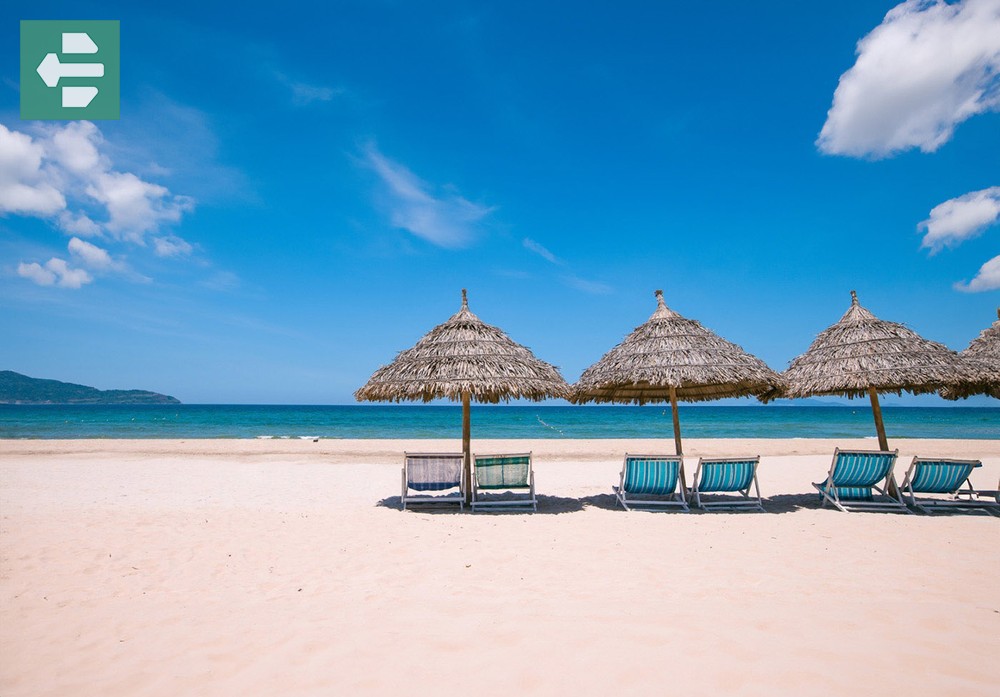
6.2. Indoor Attractions for Rainy Days
- When the rainy season arrives, particularly from September to December, outdoor activities may be limited.
- Explore indoor attractions like the Cham Museum, which offers insights into the region's rich history through its remarkable collection of Cham artifacts.
6.3. Seasonal Festivals and Events
Throughout the year, Da Nang hosts numerous festivals that celebrate its vibrant heritage. The Da Nang International Fireworks Festival, held from late April to early July, features breathtaking displays that draw large crowds.
Another highlight is the Tet holiday, occurring in late January or early February, bringing vibrant decorations, parades, and traditional performances to life. These events offer travelers unique insights into local customs and the chance to partake in celebrations, regardless of the Da Nang weather now.
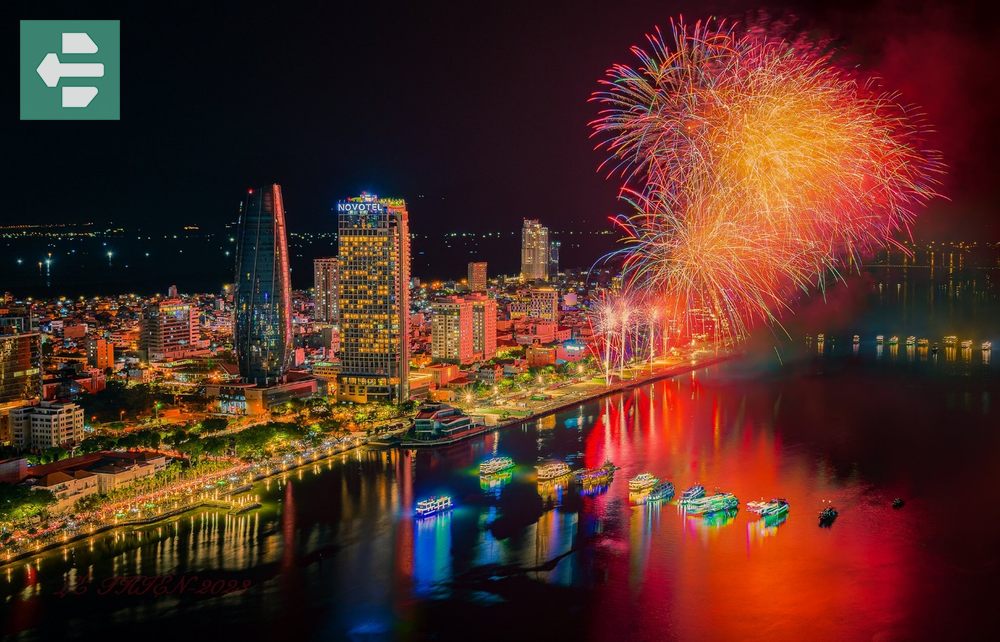
As you plan your visit to Da Nang Vietnam, understanding the Da Nang weather is essential to ensuring a memorable experience. Whether you're looking for vibrant beach activities or cultural explorations, knowing the right time to travel can greatly affect your itinerary.
From spring blooms to summer sun, and even cozy winter celebrations, there are endless things to do in Da Nang throughout the year. So pack your bags, prepare for the delightful weather in Da Nang Vietnam, and get ready to create unforgettable memories in this beautiful coastal city!

